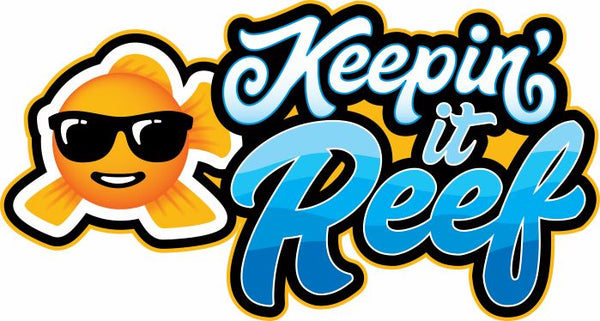The saltwater aquarium nitrogen cycle is a crucial biological process that occurs in marine and freshwater aquariums. It involves the conversion of harmful waste products, particularly ammonia, into less toxic forms, such as nitrite and nitrate. The nitrogen cycle is essential for maintaining a healthy and balanced aquatic environment for marine organisms.
Here's a step-by-step breakdown of the saltwater aquarium nitrogen cycle:
-
Ammonia Production: The cycle begins with the production of ammonia, which primarily comes from fish waste, uneaten food, and decaying organic matter in the aquarium. Ammonia is highly toxic to marine life and can cause stress or even death if present in high concentrations.
-
Ammonia Oxidation: Beneficial bacteria called nitrifying bacteria, convert the toxic ammonia into nitrite through a process called ammonia oxidation. Nitrite is also harmful to marine life but is less toxic than ammonia.
-
Nitrite Oxidation: Another group of nitrifying bacteria, converts nitrite into nitrate through a process called nitrite oxidation. Nitrate is still harmful to fish and other marine organisms, but it is less toxic than both ammonia and nitrite.
-
Nitrate Accumulation: Nitrate is the final product of the nitrogen cycle. It is the least harmful form of nitrogenous waste and is typically removed from the aquarium through water changes, live rock that houses beneficial bacteria, protein skimmers, or denitrification processes.
-
Denitrification (Optional): In some cases, anaerobic bacteria can convert nitrate into nitrogen gas, effectively removing it from the aquarium. This process, known as denitrification, occurs in environments with low oxygen levels, such as deep sand beds or specialized denitrification filters. These systems are effective, but have become rather obsolete and refugiums have taken the forefront, utilizing macro algae's to remove nitrates from the water column. Denitrification helps maintain lower nitrate levels in the aquarium, reducing the need for frequent water changes.
It's important to note that establishing a stable nitrogen cycle in a saltwater aquarium can take several weeks or even months. During the initial phase, ammonia and nitrite levels may spike, which can be harmful to the aquarium's inhabitants. To facilitate the nitrogen cycle, aquarium hobbyists often introduce live rock or filter media from an established system to jumpstart the growth of nitrifying bacteria.
Regular monitoring of water parameters, such as ammonia, nitrite, and nitrate levels, is crucial during the cycling process and throughout the life of the aquarium. This allows you to take appropriate actions, such as water changes, to maintain a healthy nitrogen cycle and ensure the well-being of your marine inhabitants.
Carl Woods
Keepin' it Reef

